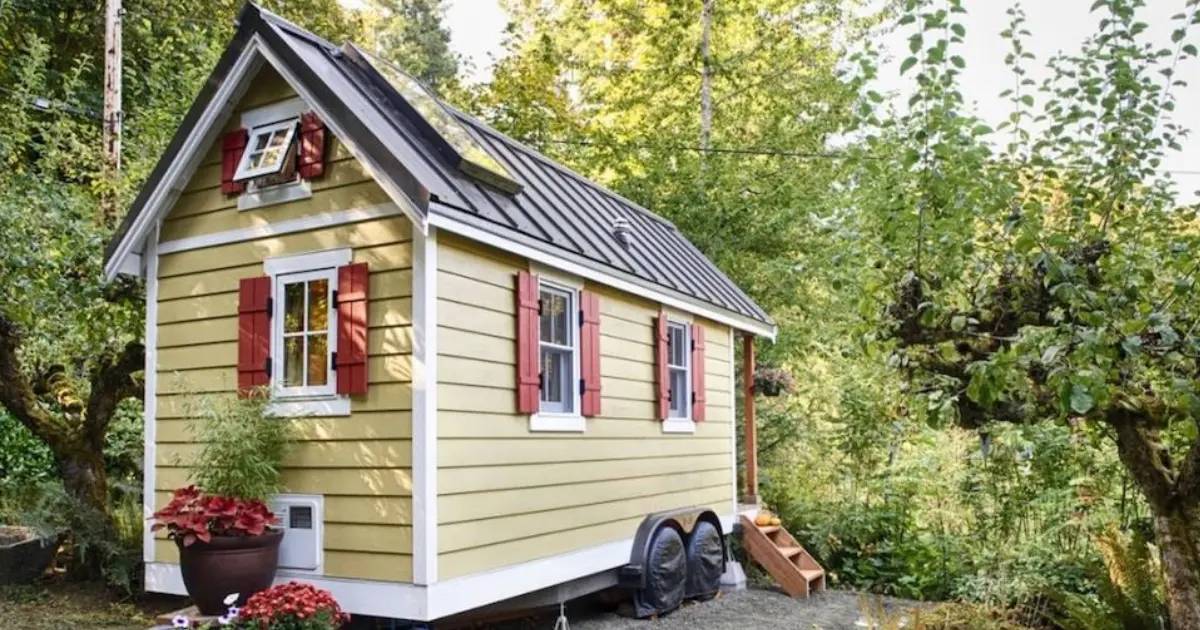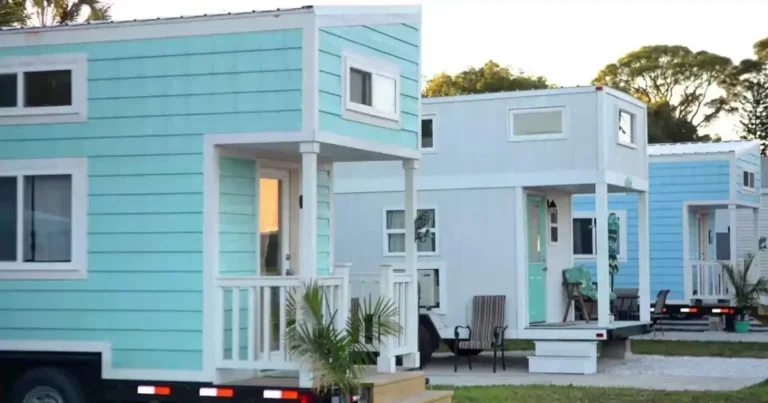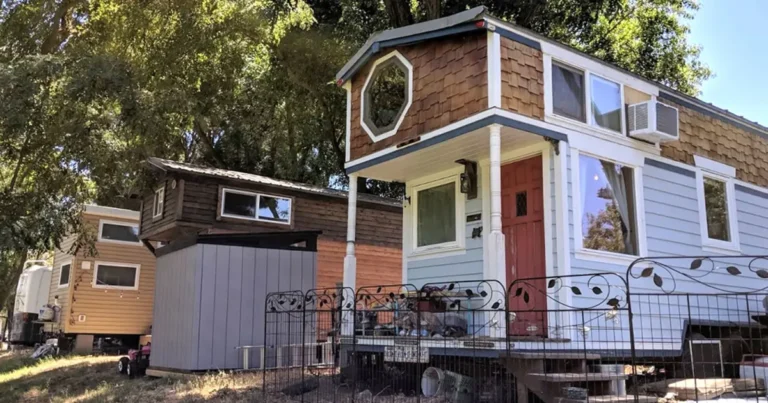Where Can You Put a Tiny House? Laws & Parking Locations

You can place a tiny house on privately owned land with proper zoning permissions, in dedicated tiny house communities or RV parks, and sometimes as an accessory dwelling unit (ADU) in your backyard, subject to local regulations.
Tiny houses have gained immense popularity in recent years as people seek alternative and minimalist living solutions. These small, innovative dwellings provide homeowners with the opportunity to embrace a simpler lifestyle, reduce their ecological footprint, and achieve financial freedom. However, the question remains: where can you put a tiny house? In this article, we’ll explore various locations and considerations for placing your tiny house to ensure a comfortable and legally compliant living experience.
Laws and Regulations Regarding Parking Tiny Houses
Navigating the legal landscape is a crucial step when considering where to place your tiny house. Zoning laws and regulations dictate whether you can legally live in a tiny house on a particular property. These laws are established by local governments to manage land use and ensure the safety and well-being of residents. Understanding these regulations is essential to avoid potential legal complications and ensure a smooth living experience.
Zoning Codes and Variability
Zoning codes categorize areas into zones with specific allowed uses, such as residential, commercial, or industrial. Each zone comes with its own set of regulations regarding property sizes, structures, setbacks, and more. Unfortunately, many zoning codes were developed before the tiny house movement gained momentum, often leaving them ill-suited to these innovative dwellings.
Tiny Houses on Wheels vs Foundation
One key distinction in zoning regulations is often between tiny houses on wheels and those built on a foundation. Tiny houses on wheels may be considered as recreational vehicles (RVs) or mobile homes, subject to different rules depending on their mobility and intended use. Houses on foundations might need to adhere to stricter building codes and residential zoning requirements.
Local Variations and Approaches
Zoning laws vary widely across municipalities and regions. Some areas are more progressive, allowing tiny houses as accessory dwelling units (ADUs) or even as primary residences. Others might be more restrictive, limiting tiny houses to designated zones or requiring them to meet specific size criteria. Some jurisdictions may have pilot programs or initiatives to accommodate tiny house living, while others might require variances or exemptions for non-traditional housing.
Special Considerations
When researching local regulations, be sure to consider aspects such as parking requirements, utility connections, minimum square footage, and even aesthetics. Some areas might require your tiny house to blend in architecturally with existing homes.
Navigating the Process
To navigate these regulations effectively, consult with local planning departments, zoning officials, and legal experts familiar with tiny house-related laws. They can provide guidance on obtaining necessary permits, variances, and approvals, ensuring your tiny house placement is compliant with the law.
On Your Own Property
One of the most straightforward options is to place your tiny house on your own property. If you have enough land and comply with local regulations, you can enjoy the benefits of homeownership without the sizeable footprint.
Tiny House Communities
Tiny house communities have sprung up in various parts of the world. These communities offer a sense of camaraderie and shared values, creating a supportive environment for tiny house enthusiasts.
Backyard Installation
For those with larger properties, placing a tiny house in the backyard can be an excellent solution. It allows you to maintain your primary residence while renting out or using the tiny house for guests.
Rural Countryside
If you’re a nature lover, consider placing your tiny house in a rural countryside setting. Embrace the tranquility and scenic beauty while living a simpler life.
Mobile Tiny Homes
Opting for a mobile tiny home gives you the flexibility to change your location whenever you desire. This lifestyle is perfect for those who love to travel and explore new places.
Floating Tiny Houses
For waterfront enthusiasts, floating tiny houses provide a unique opportunity to live directly on the water. Experience the soothing sounds and breathtaking views of lakes, rivers, or oceans.
Urban Spaces
Believe it or not, tiny houses can find a place in urban environments too. Creative placement, such as vacant lots or underutilized spaces, can transform cities into havens of compact living.
Vacation Rentals
Investing in a tiny house as a vacation rental can be a lucrative venture. Travelers are increasingly seeking unique and cozy accommodations for their getaways.
Off-Grid Adventures
Placing your tiny house off the grid allows you to disconnect from traditional utilities and live self-sufficiently. Solar panels, rainwater harvesting, and composting toilets are common off-grid solutions.
Environmental Impact
Tiny houses inherently have a smaller ecological footprint. By strategically placing them in eco-friendly locations, you can further minimize your impact on the environment.
Financial Benefits
The affordability of tiny houses extends to their placement as well. Whether you’re renting a space or installing it on your property, the cost savings are significant.
Design and Customization
Tiny houses can be designed to blend seamlessly with their surroundings. Whether in an urban or natural setting, customization ensures your tiny home complements its environment.
FAQs
Can I put a tiny house on a friend’s property?
Yes, with proper permissions and adherence to zoning laws, it’s possible to place your tiny house on someone else’s property.
Do I need a special license to live in a tiny house on wheels?
Regulations vary by location. Some areas classify them as RVs, while others have specific guidelines for tiny houses on wheels.
What utilities do I need to consider when placing my tiny house off-grid?
Electricity, water, waste disposal, and internet connectivity are key utilities to plan for in off-grid tiny house living.
Are floating tiny houses legal everywhere?
Legalities depend on local maritime laws and regulations. Research is essential before considering a floating tiny house.
How can I find tiny house communities near me?
Online platforms, social media groups, and tiny house events are excellent ways to connect with existing or emerging tiny house communities.
Conclusion
The question of where you can put a tiny house has a multitude of answers, each catering to different preferences and lifestyles. From rural countryside to bustling cities, the possibilities are only limited by regulations and imagination. Embrace the freedom of compact living and choose a location that resonates with your aspirations.

